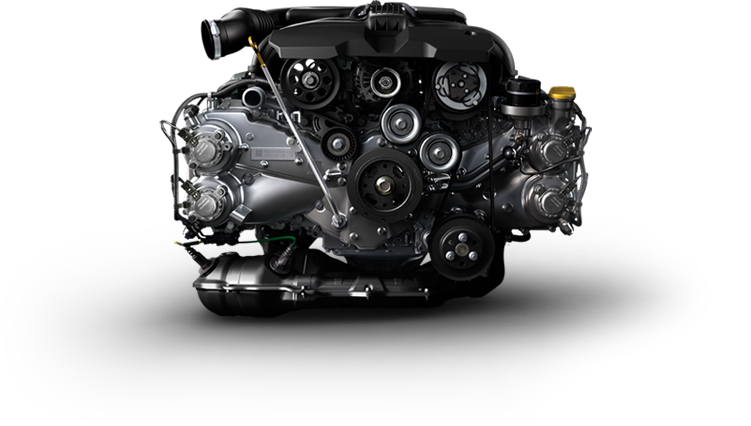
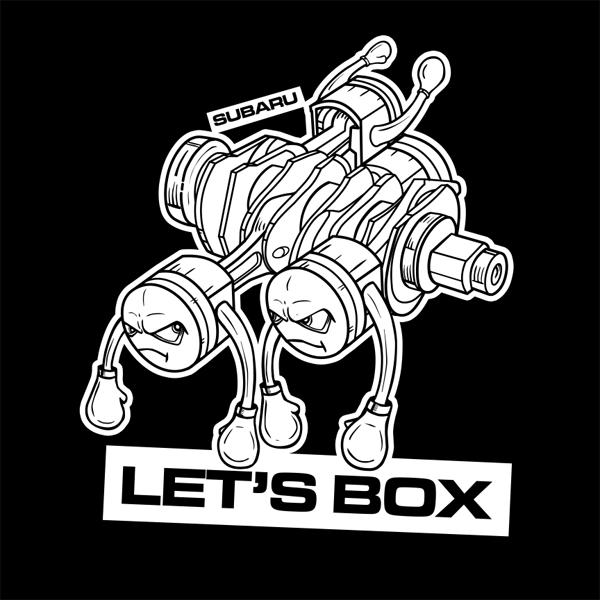
The FB Engine (FB20B in the Impreza and XV Crosstrek's case) is the successor to Subarus aging EJ line of Naturally Aspirated engines. It was designed to be more fuel and mechanically efficient over the previous generation engines. A workhorse, that has similar peak horsepower and torque of other Naturally Aspirated engines of the same displacement.
The FB20B is port injected. In later FB20/25 incarnations, Direct Injection was introduced (FB20D). The FB20 has horizontally apposed pistons design with 2 heads. The engine is sometimes referred to as a flat 4, which helps lower the center of gravity when placed in the engine bay. The name of this style of engine is the "boxer".


The FB20 is a little engine, its overall power is quite moderate. Being naturally aspirated, it would be difficult to add any significant numbers without a full-on rebuild and custom ECU tune.
Fret not, the small engine in stock form can still produce enough power to make for a fun drive. Typically most people feel comfortable using the lower rev ranges for everyday driving. However for spirited driving, the Naturally Aspirated engine enjoys high revs in order to produce peak power. 4.2k-6.2k is the elastic range (or power-band) of the engine.
Aside, the ECU (engine control unit) has a throttle map that is rather conservative from the factory. This is meant to increase fuel efficiency. However, the ECU has the ability to "learn" the drivers preference and can adjust up to ~25%. What this means is, if you want to drive spiritedly, then do so. The ECU will adjust timing (DAVCS) to increase the power. Over a number of miles, it will adjust accordingly. By and large, if you push the engine to its upper thresholds, it can produce more useable power and better performance.
Typically naturally aspirated economy engines get little support in the aftermarket. There are options for building a more performant engine, but it is outside of the realm of what is feasible for an economy tuner. There are however some modifications that can help make a little more power and increase reliability. Here are some of my engine modifications.
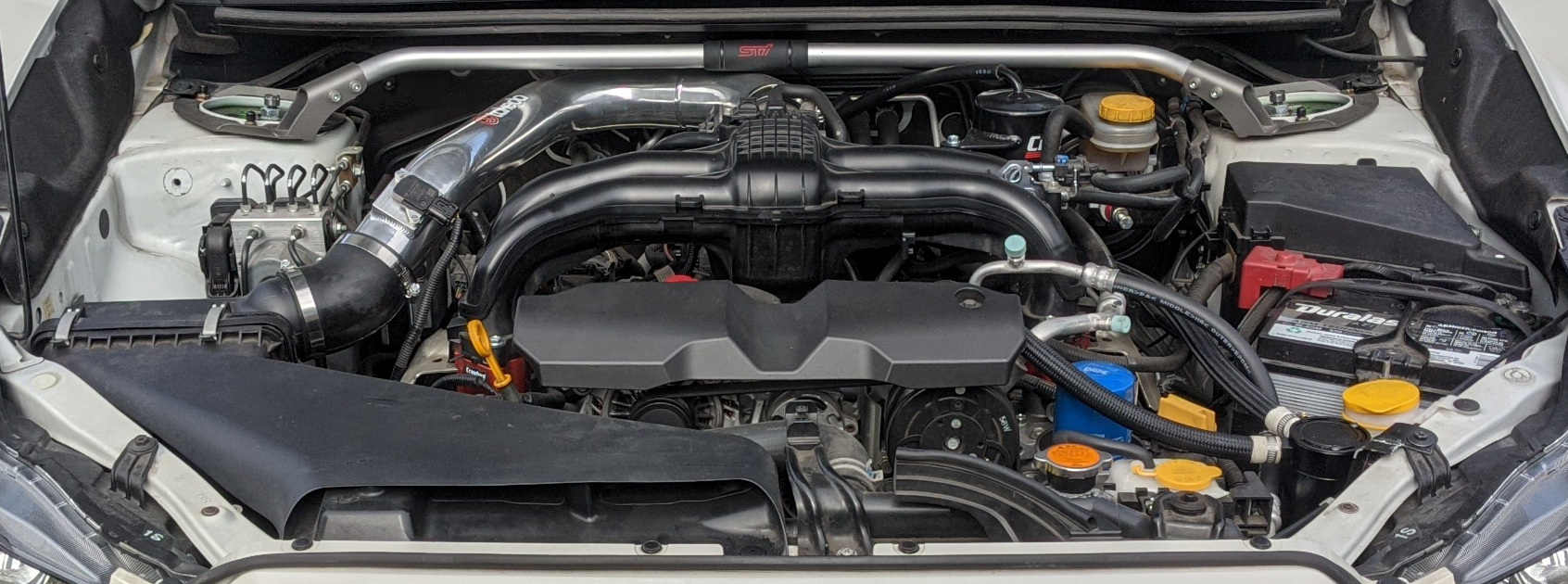
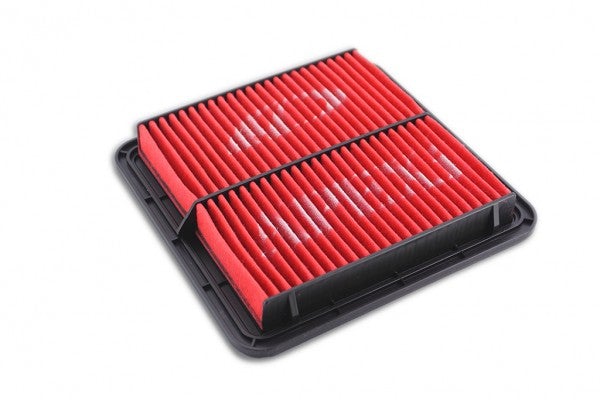
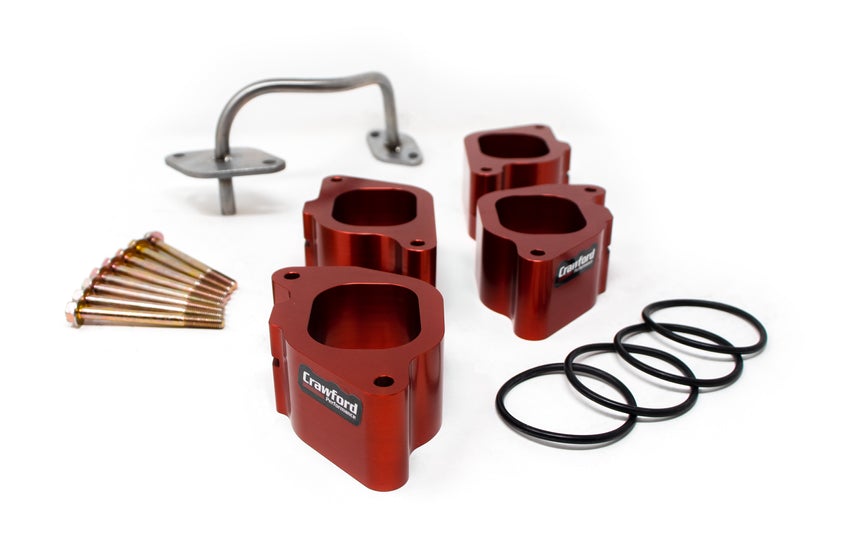
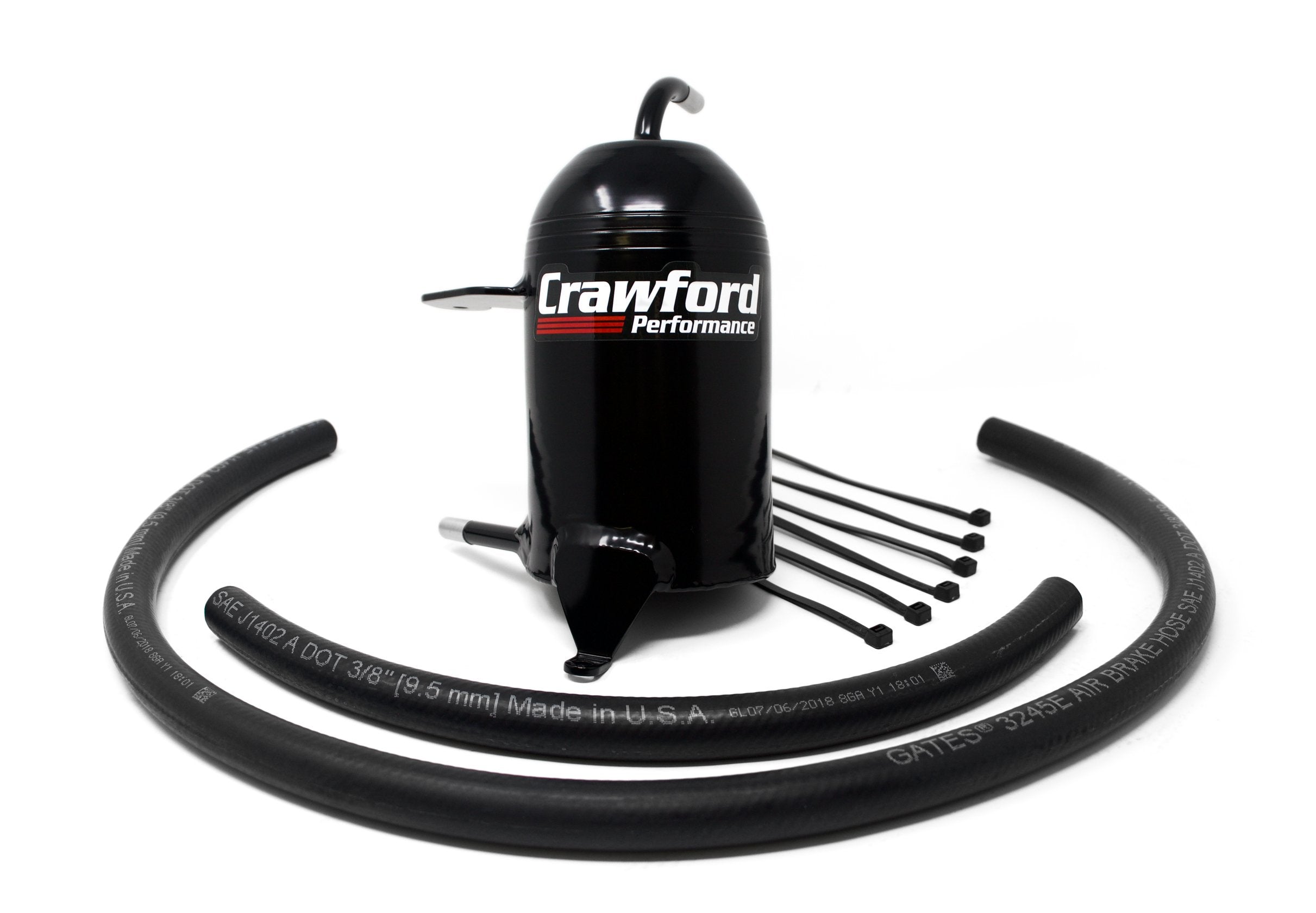
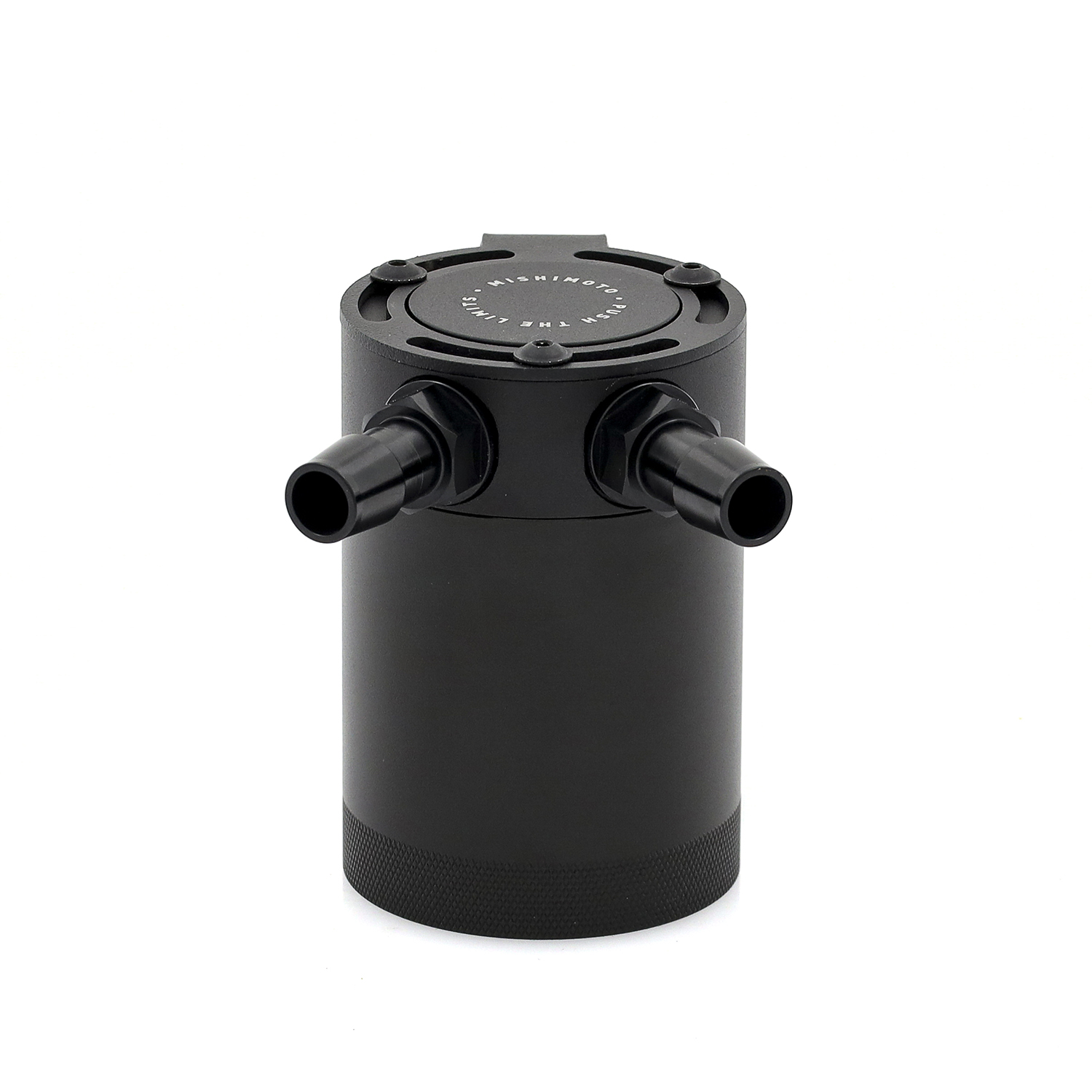
Changing out the intake for a aftermarket one is often one of the first things people do. This can have a positive effect if the correct intake is chosen. The idea is to get more air into the engine by swapping out the stock air filter to a higher flowing one. For the most part simply adding a high flow panel filter provides good noticeable gains, between 2-5hp, also giving slightly quicker throttle response.
Other people will choose a "cold air intake". Mainly for looks. Choose an intake that has a sealed air box. Avoid after market intakes that have exposed cone filters. These are mainly aesthetic intakes that actually suck in hot engine bay air. While these exposed cone filter intakes may have higher flow, the hot air pulled in (when the engine is hot) will significantly reduce power due to heat.
When choosing an intake, it must keep hot engine bay heat away from the filter. The end result should have a higher flow rate than the stock panel paper filter.
My hybrid setup uses the stock sealed air box, a high flow panel filter, and a high flow pipe. On the stock setup I am able to pull 107 g/s MAF. With the upgraded intake I can average 117+ g/s MAF. The generally accepted equation is 1 g/s = 1.25 BHP So by adding +10g/s to the intake potential, you can gain 12.5 BHP!
The higher your Mass Airflow Rate, (MAF) the more potential horsepower the engine can make.

The FB20 and FB25 Engines are a naturally aspirated design. They utilize atmospheric pressure to "inject" air into the intake manifold. Typically aftermarket engine tuning is easier to find on vehicles equipped with Turbos. Cobb Access port is one of those tuner suites that allow Turbo subarus to be tuned with a plug-in device. Cobb Access Ports however do not work with Naturally Aspirated Subaru FB engines. Instead look to using a device called a Tactrix Open Port. Coupled with software, it can be used to e-tune your Subaru Vehicle with an FB20 or FB25 engine.
Two types of software exist for tuning the FB engines.
While I will not go into details on e-tuning an FB20, I will recommend you find a tuner familiar with naturally aspirated subaru vehicles. Outright horsepower gains are difficut to come by without a built engine. However, an aggressive e-tuned engine can expect up to 8-12hp. That being said the amount of available torque delivered at earlier RPMs is very achieveable and highly recomend as it makes the car more enjoyable to drive.
The FB20 is quite capable of producing more power to the wheels with some modifications. While it is no power-house, it has a scrappy nature which makes it undeniably enjoyable to drive.
Below is an aggregated CVT dyno-graph compiled with real data. You'll see that Wheel Torque (WTQ) measurements are approaching engine torque specifications, mainly due to driveline modifications covered in a later chapter.
